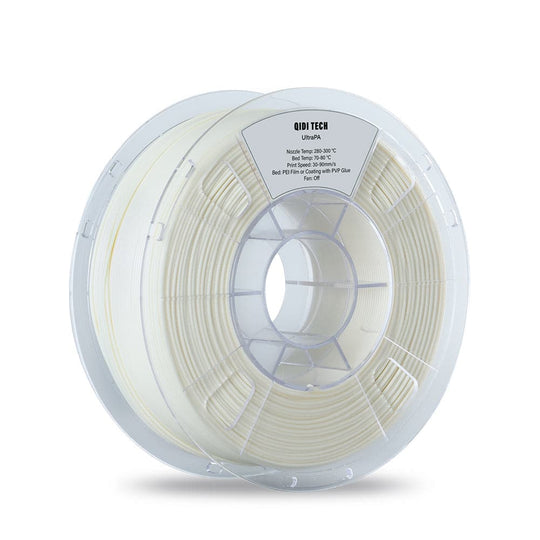Guest
Guest
Sep 11, 2024
1:34 AM

|
Understanding the Importance of 3D Filament Adhesion: Tips for Success
In the world of 3D printing, the choice of 3D filament with excellent adhesion plays a crucial role in determining the success of your projects. Adhesion refers to how well the filament sticks to the print bed and to itself during the printing process. Poor adhesion can lead to warping, layer separation, and ultimately, failed prints. This article delves into the importance of adhesion and offers practical tips for achieving the best results. 
The Role of Adhesion in 3D Printing
Why is adhesion so important in 3D printing? When a filament adheres well to the print bed, it creates a stable foundation for the entire print. This stability is essential for maintaining the integrity of the model as it builds layer by layer. Without proper adhesion, the first layer may lift, causing the print to fail. Therefore, selecting a 3D filament with excellent adhesion is vital for successful printing.
Factors Affecting Adhesion
Several factors influence the adhesion of 3D filaments:
- Print Bed Material: Different materials, such as glass, PEI, or blue tape, can affect how well the filament sticks.
- Temperature: The print bed temperature can significantly impact adhesion. A heated bed often improves adhesion for many filaments.
- Filament Type: Some filaments, like PLA, naturally adhere better than others, such as ABS.
- Print Speed: Slower print speeds can enhance adhesion by allowing the filament to bond better with the previous layer.
Choosing the Right 3D Filament
When selecting a 3D filament with excellent adhesion, consider the following options:
- PLA: Known for its ease of use and good adhesion properties, PLA is an excellent choice for beginners.
- ABS: While it requires a heated bed, ABS can provide strong adhesion when printed correctly.
- PETG: This filament combines the best of both worlds, offering excellent adhesion and durability.
For a wide selection of high-quality filaments, visit  . .
Tips for Improving Adhesion
To enhance adhesion in your 3D printing projects, consider the following tips:
- Ensure the print bed is clean and free of debris.
- Adjust the bed temperature according to the filament specifications.
- Experiment with different bed surfaces to find the best match for your filament.
- Use adhesion aids, such as glue sticks or specialized sprays, if necessary.
Conclusion
In conclusion, understanding the importance of 3D filament with excellent adhesion is essential for achieving successful prints. By considering factors such as print bed material, temperature, and filament type, you can significantly improve your printing outcomes. With the right knowledge and tools, you can ensure that your 3D printing projects are not only successful but also enjoyable.
|